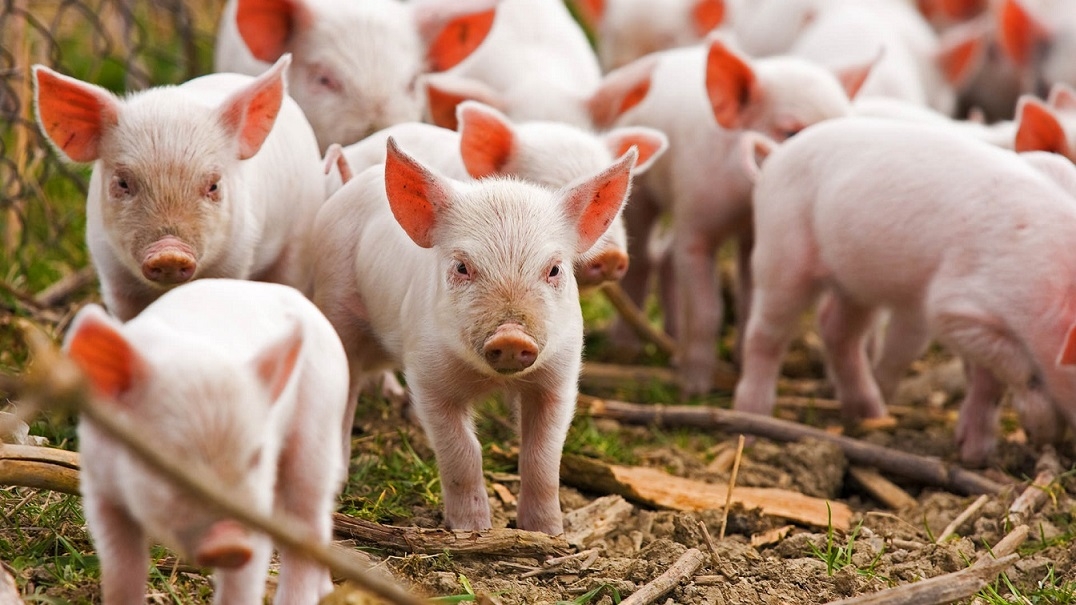Pork prices in the EU and China have decreased, while in the US they have increased

The first six months of 2025 for the global pork market were marked by significant price differences between major exporters. In the European Union, pork prices fell due to the traditional summer decline in demand, while in the United States prices rose sharply against the backdrop of reduced production. At the same time, prices in China remain consistently low.
EU pork prices gradually increased in the second quarter of 2025, driven by strong demand during the barbecue season, favorable weather conditions and tight poultry and beef supplies. However, by early July, abnormally warm weather had dampened buying activity, leading to a drop in prices in many EU countries.
"During 2025, pork prices in the EU remained lower than in 2024 - by an average of 8% in the first half of the year. This is due to higher domestic supply, as in January-June production grew by approximately 3% due to an increase in the number of animals sold for slaughter and their average slaughter weight. Despite this, prices remain higher than the 5-year average level, and pork retains the status of the most affordable type of meat. At the same time, prices in the EU significantly exceed the level of other global exporters - Brazil, the USA, Canada," the analysts specify.
In the United States, pork prices have risen sharply since the beginning of 2025, with the price in the first half of the year up 16.4% year-on-year. In July, the price exceeded $2.5/kg carcass weight, almost 30% higher than in July 2024. The main reason for this increase is a decrease in domestic production due to the spread of porcine respiratory and reproductive syndrome (PRRS), which reduced the number of farrowings and, accordingly, the supply of meat in the fall and winter.
In China, oversupply and reduced demand keep prices at $2.86/kg, down from $3.6/kg in July last year. The country's authorities plan to reduce the number of sows to reduce market pressure and stabilize pork prices.
As of early August 2025, the purchase price for slaughter pigs in Taiwan was $3.65–3.74/kg, which significantly affects the competitiveness of local products on world markets. At the same time, about 90% of domestic demand is provided by domestic production. The status of the country, free from African and classical swine fever, as well as foot-and-mouth disease, opens up prospects for Taiwan to increase exports.
In Canada, average quotes in June 2025 reached their highest level since August 2022, and after a short-term decline in July, the price returned to $1.91/kg.
In Mexico, the highest pork prices were recorded in July 2025, and at the end of the month the value in dollar terms reached $3.26/kg. This is due to the strengthening of the local currency against the US dollar. Such fluctuations are typical for the summer period and indicate a close relationship with the US and Canadian markets.
Brazil continues to increase pork exports: in January-July they grew by 13% in volume and by 26.7% in value. A slight increase in domestic prices to $2/kg (compared to $1.9/kg in July 2024) supports high export dynamics.
The Ukrainian market in July saw a seasonal reduction in pork supply, combined with a general decrease in the volume of pork production. As a result, the average price of live weight slaughter pigs in July increased to UAH 94.68 per kilogram including VAT (equivalent to $2.27/kg), which is 2% higher than in June, due to which imports of chilled and frozen pork meat increased sharply (by 75%) in July to the highest level since 2022, at 3.1 thousand tons.
This season, the supply of feed grains will be quite high, and a good harvest of oilseeds is also forecast, so the supply of meal will also be significant, which will increase pressure on feed crop prices and contribute to a decrease in pork prices.


